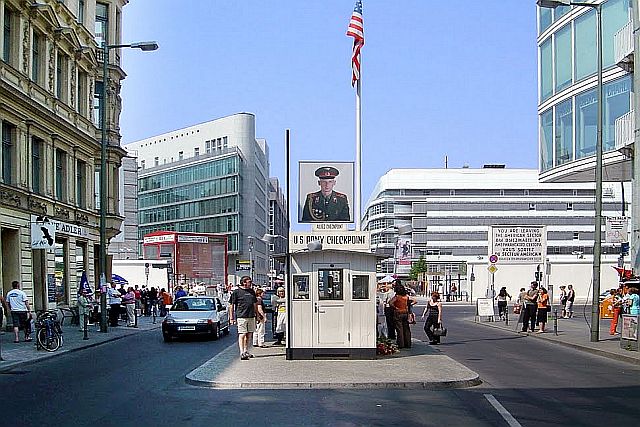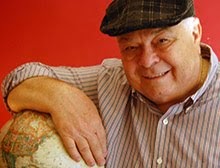 |
| Berlin's majestic Brandenburg gate is a symbol of a unified Germany (wikipedia) |
 |
| Alexanderplatz is one of Berlin's gathering spots (Berlin tourism) |
If ever there was a destination to capture the
collective cultural imaginations of travelers it would have to be Berlin
No other city in the world can claim three
thoroughfares as prestigious as Berlin Berlin
 |
| The River Spree adds a peaceful ambiance to Berlin (wikipedia) |
The Kurfurstndamm, or Ku’damm as locals call it,
has long been one of the great shopping avenues of Europe as well as Germany.
The snaggle-toothed steeple of Kaiser
Wilhelm Memorial
Church
Unter den Linden, which means “under the lime
trees,” was once Berlin west
avenue
 |
| Interior of the famous Pergamon Museum in a city filled with spectacular artistic exhibitions (wikipedia) |
The two-mile north-south route of
Friedrichstrasse gained notoriety during the Roaring Twenties, but it was
October of 1961 that focused the eyes of the world when American and Soviet
tanks faced each other at the dividing line between West and East
Berlin known as Checkpoint Charlie. Some observers say that
Friedrichstrasse represents the character of Berlin
 |
| Remnants of Checkpoint Charlie are not as menacing as the days of the wall, but they convey the sensation (wikipedia) |
For travelers with only a little time, a tour
along these three streets alone will arouse more curiosity and history than can
be found in the entirety of many cities.
Visitors to Berlin
Remnants of Checkpoint Charlie remain intact
enough to provide at least a semblance of the aura that once existed at that
notorious landmark. To round out the visit, spend some time at the nearby Checkpoint Charlie Museum
 |
| Interior scene of Berlin's fabulous Egyptian Museum (wikipedia) |
At Brandenburg Gate, President Ronald Reagan
challenged Mikhail Gorbachev, the leader of the Soviet Union, in a speech in
1987 honoring the 750th anniversary of Berlin
 |
| East Side Gallery reminds us of the ominous Berlin Wall (wikipedia) |
Other remains of the era include the East Side
Gallery which, at roughly a mile in length, is said to be the world's largest
outdoor open air gallery. When unveiled in 1990 with depictions by more than
100 artists from around the world, it was hailed as an international memorial
to freedom.
Since that time, the “gallery” has been the
victim of graffiti and vandalism, but enough has survived as a poignant
reminder of the euphoria of the time as well as humanity’s never-ending desire
for freedom.
 |
| The Reichstag was once NAZI headquarters (wikipedia) |
Just beyond Brandenburg Gate, in East Berlin, is
the Reichstag Building Germany
As a city still undergoing the metamorphosis of
reunification, Berlin Museum
Island
 |
| Another of Berlin's great squares is the Gendarmenmarkt in the heart of the city (wilipedia) |





























